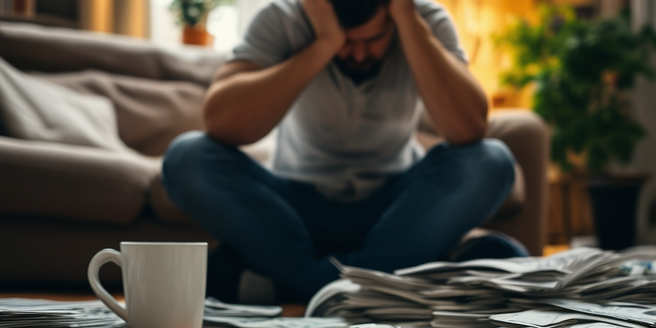Understanding Bankruptcy: The Basics
Bankruptcy, a legal proceeding that helps individuals manage their debt when they can’t repay it, is governed federally across the United States. It offers a viable solution, providing a new financial start for those in dire straits. Many regard bankruptcy negatively, but it often provides significant relief, easing the mental and emotional stress of unmanageable debt and endless creditor calls.
However, declaring bankruptcy is significant and carries both positive and negative consequences. Positive effects may include wiping out certain debts and ending creditor harassment, while negatives can include severe impacts on credit scores, restrictions on future loans, and social stigma.
In conclusion, while bankruptcy can efficiently manage insurmountable debt, the positives and negatives should be weighed before making such a decision. Elements like the advantage of a fresh financial start and potential damage to personal and financial reputation must be carefully considered to promote long-term financial health.
The Different Types of Bankruptcy
Bankruptcy can generally be filed in two ways, namely Chapter 7 and Chapter 13. Chapter 7 bankruptcy, also known as liquidation bankruptcy, involves selling off non-exempt assets of the debtor, the proceeds of which are used to pay off existing debts. It essentially allows a debtor’s creditors to receive partial repayments through asset liquidation, although certain assets may be exempt.
On the other hand, Chapter 13 bankruptcy, or reorganization bankruptcy, allows individuals to retain their assets while setting up a repayment plan to clear debts over a certain period of time. It provides those in serious debt with a method of restructuring and repaying what they owe rather than liquidating their assets. Both forms of bankruptcy serve different purposes and situations and understanding their impact on your financial future is crucial when considering filing for bankruptcy.
The Immediate Impact of Bankruptcy on Your Credit
Declaring bankruptcy results in an immediate and substantial decrease in your credit score, often by approximately 200 points, significantly impacting your future financial prospects. This decreased score signals financial risk to potential lenders, making them hesitant to offer credit. This affects multiple areas, such as credit inquiries, and makes it extremely difficult to secure any form of unsecured credit. Additionally, other financial avenues like home mortgages and car leases become increasingly challenging to secure, with lenders often unwilling to engage in discussions about providing such services to individuals with a history of bankruptcy. Consequently, your access to most forms of financial services may be restricted, forcing you to reassess your financial management and purchasing abilities for essential items such as cars or houses.
Long-Term Consequences of Bankruptcy
Bankruptcy is a major financial event that remains visible on your credit history for 7 to 10 years, causing anyone checking your financial history to see the bankruptcy clearly. This can lead to numerous financial challenges, including difficulty securing loans or credit cards, as potential lenders view past bankruptcy as a risk factor. There are also indirect financial consequences of bankruptcy such as an increase in insurance premiums. However, the impact of bankruptcy on a credit record decreases over time; as the years pass, the effect on your ability to acquire loans or credit and its influence on your insurance premiums typically lessen. The more financially responsible you are post-bankruptcy, the less severe the bankruptcy appears to creditors and insurers, consequently improving your financial stability.
Strategies to Rebuild Your Credit after Bankruptcy
Reestablishing your credit after bankruptcy involves critical steps such as practicing good credit behavior, paying bills promptly and never missing payments to display reliability. Minimizing debt, especially on credit cards, and maintaining your credit utilization ratio ideally under 30% is significant. Always monitor your credit for fraudulent activity or errors and address such issues immediately to sustain your credit score. Using specific financial tools like secured credit cards and credit-builder loans can effectively enhance your credit score. Remember, bankruptcy isn’t the end but a setback, and maintaining good credit habits, limiting debts, conducting regular credit checks, and using certain financial instruments can significantly help your financial recovery.
Post-Bankruptcy: Maintaining Good Credit Habits
Balancing healthy spending habits becomes increasingly crucial after bankruptcy, this includes developing a well-structured budget to manage expenditure and prevent the risk of financial instability. Additionally, setting up an emergency fund as a safeguard for unforeseen expenses, practicing spending restraint, and avoiding unaffordable debts are all key steps to maintaining your financial stability. Lastly, frequent monitoring and improvement of your credit score is essential to maintaining and improving your financial health after bankruptcy.


